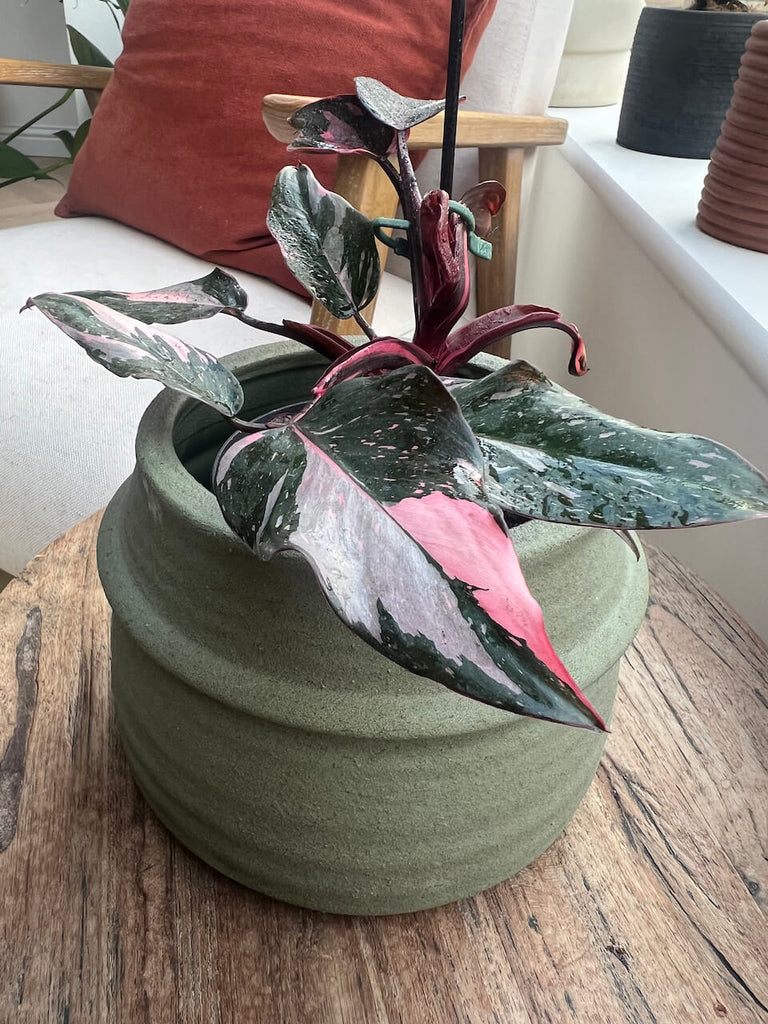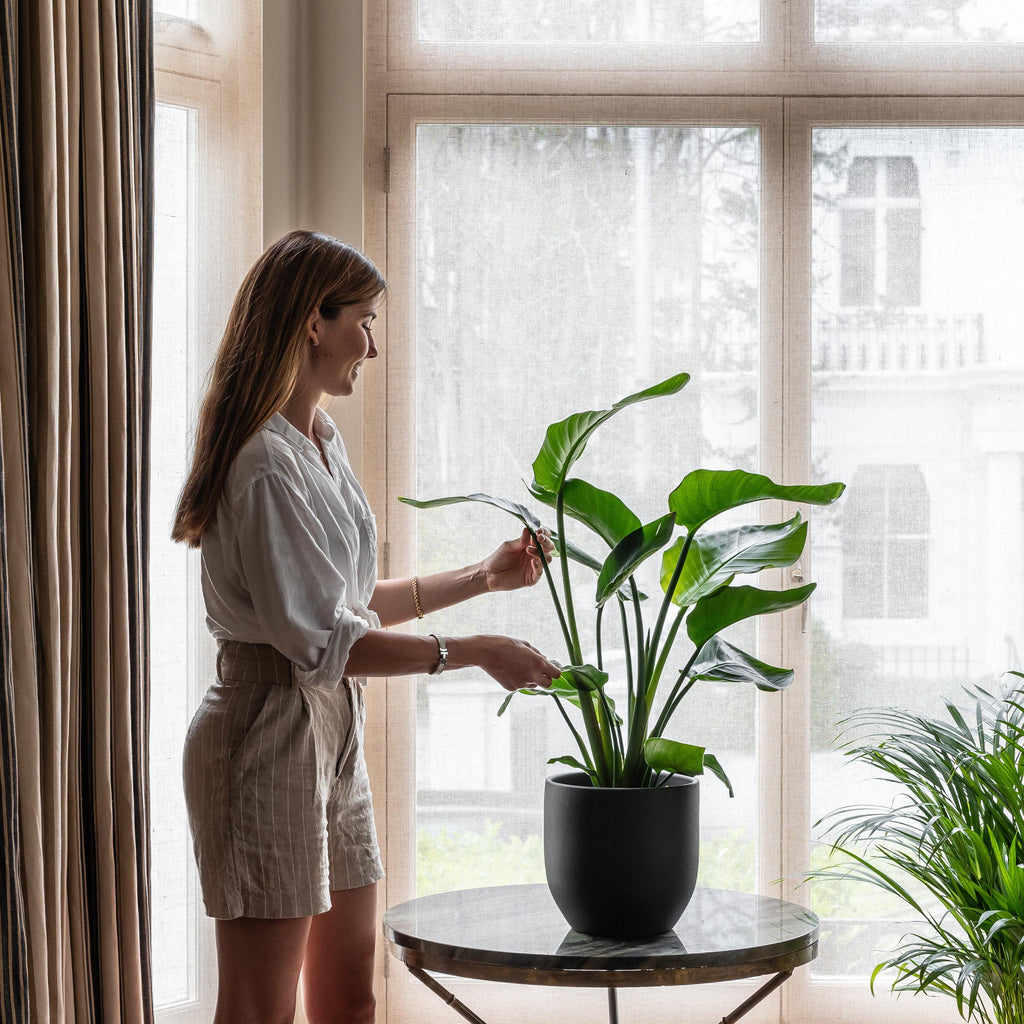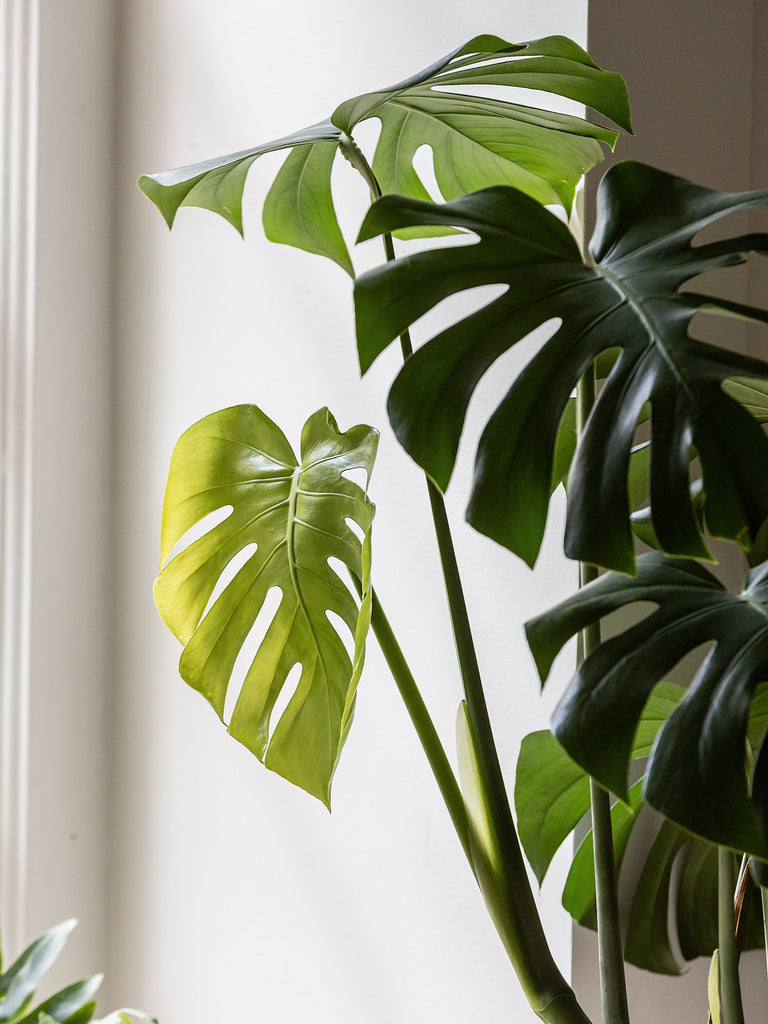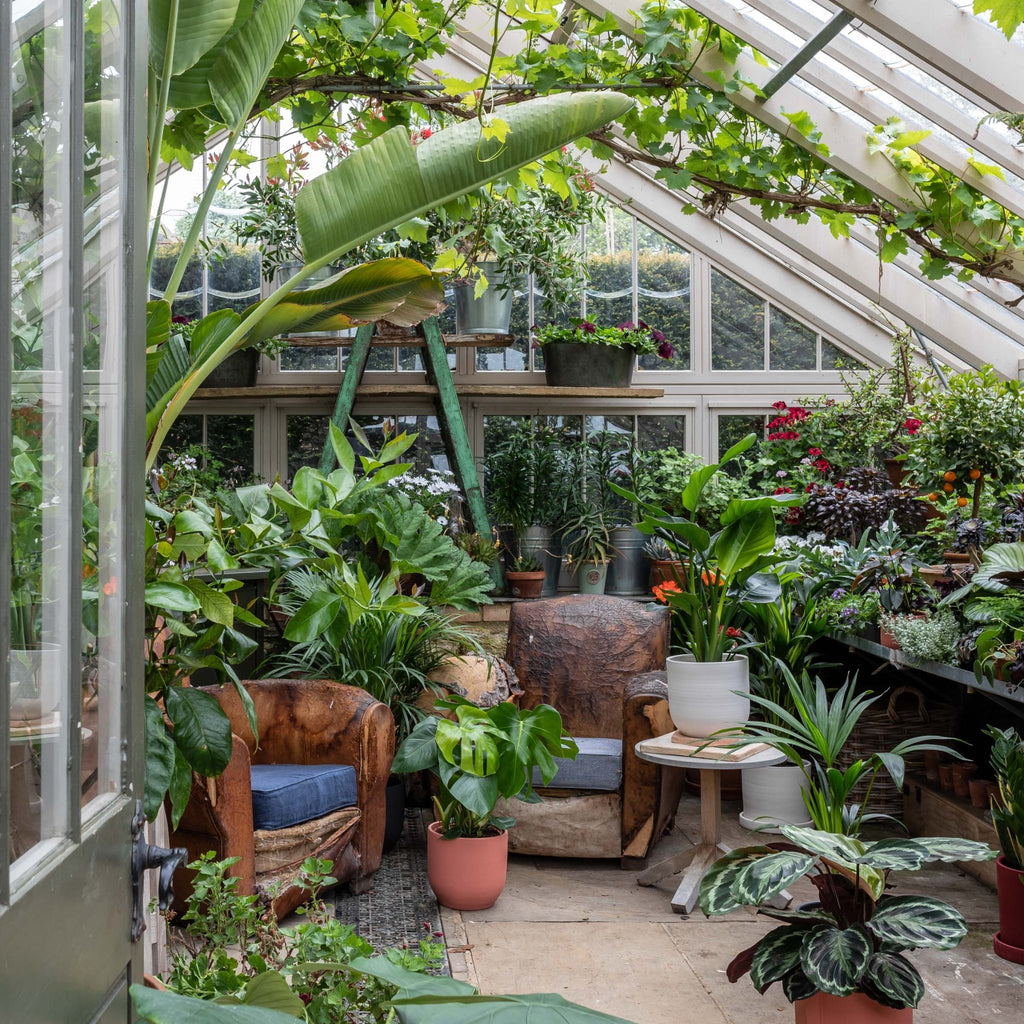Plant Care Tips 27.06.20
What’s the deal with fertilising indoor plants?
Unlike outdoors plants sitting in beds, your indoor plants can only get the nutrients that are in their surrounding soil and the supplements that you give them. Fertiliser can be a great way to top up depleted nutrients that are essential for all aspects of plant growth and health.
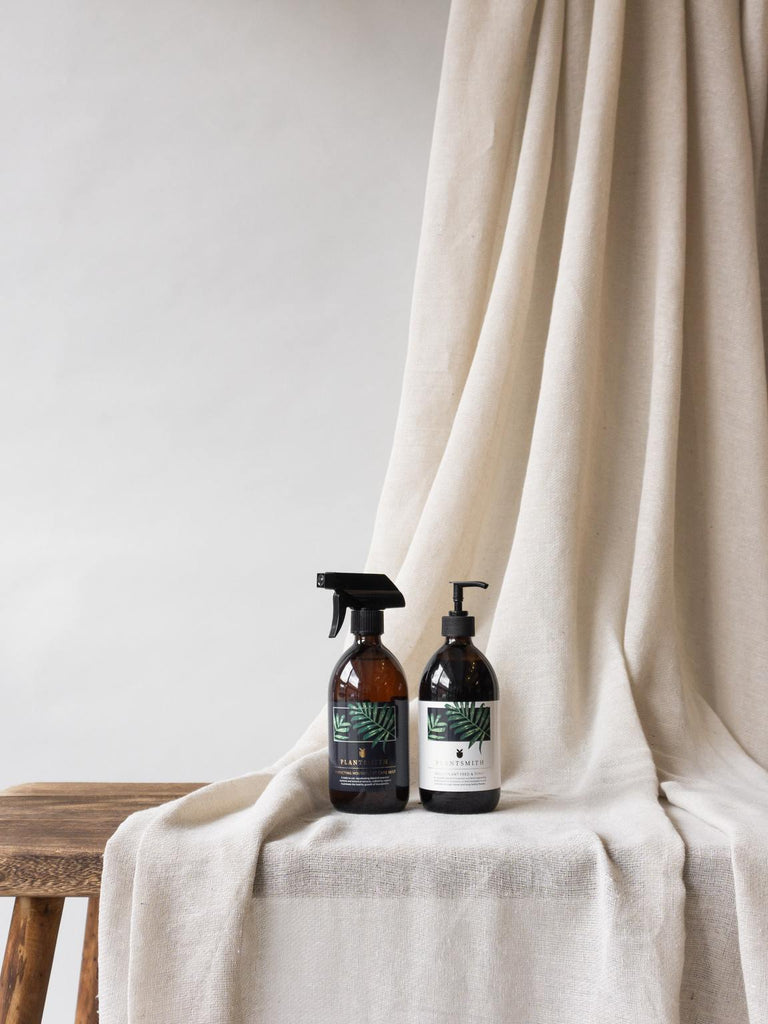
Fertiliser 101
Choosing & using fertiliser for your house plants. Scroll down for everything you need to know when it comes to fertilising your indoor jungle.
Need a hand choosing & using fertiliser to keep your plants happy & healthy?
Finding the right fertiliser for your indoor plants can feel like a bit of a mission with so many to choose from, but with a bit of research into the needs of your plants’ needs, you’ll have a thriving indoor jungle in no time!
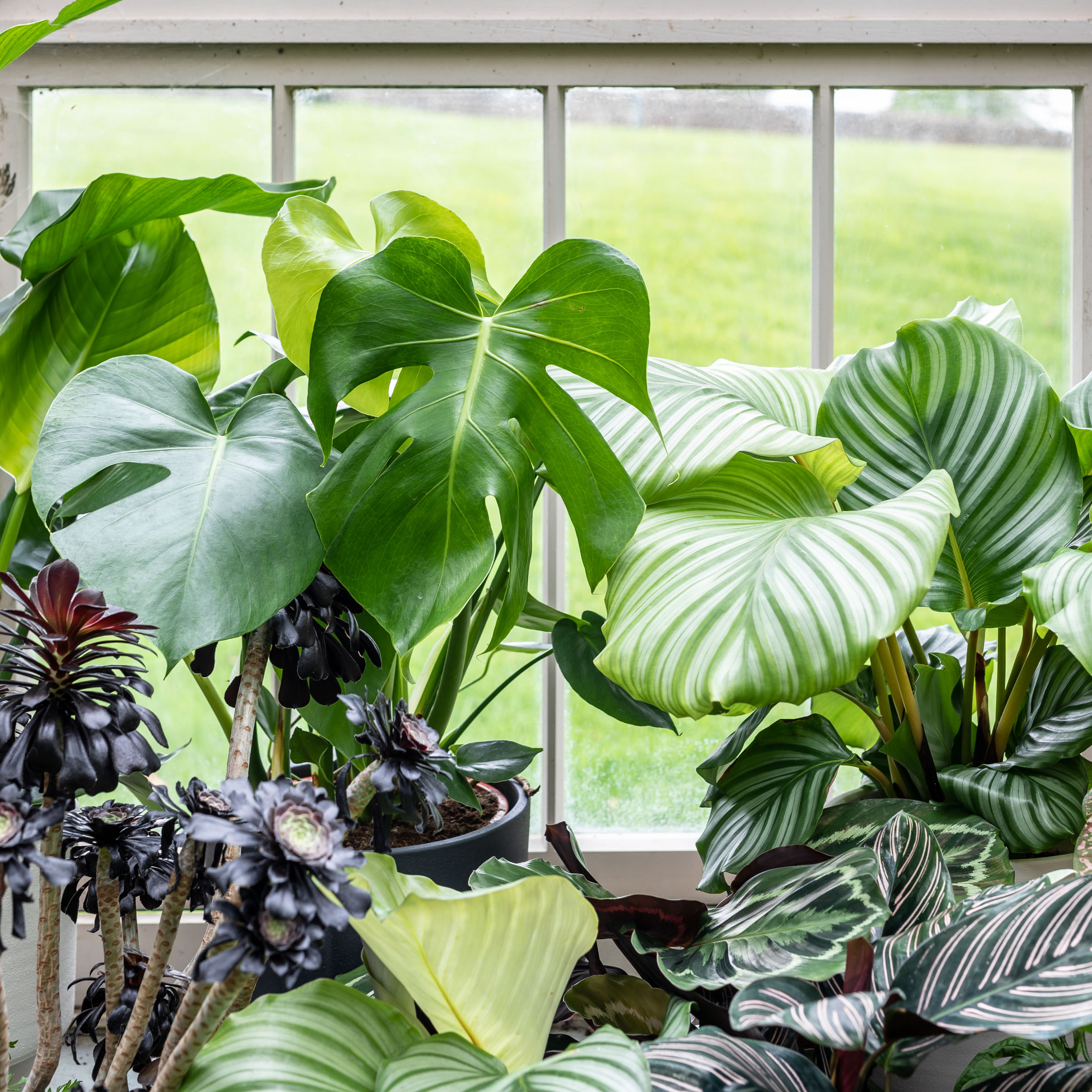
1
What are fertilisers?
In whatever form they come, fertilisers are essentially concentrated forms of nutrients that are fundamental to plant function and development. The key nutrients in fertiliser are nitrogen (N), phosphorus (P) and potassium (K) that should be displayed as a ratio on the labelling, for example, 15-30-15. These have the following effects:
Nitrogen (N) promotes leafy foliage
Phosphorus (P) will help healthy shoots and roots develop
Potassium (K) encourages flowering and blooms
Some fertilisers also include micronutrients that are also important for plants, such as calcium, magnesium and iron that play different roles and will be present in lower quantities than N, P & K.
2
Does my plant need fertilising?
Soils of indoor plants will be depleted of their nutrients over time as the plant uses them up and they get washed out when watering. Fertiliser will replace these to keep your plants healthy and growing, a bit like a health boost from a vitamin.
Whilst recently potted plants and those that thrive in low-light conditions will not require fertiliser for a while, plants that produce flowers or are growing fast will benefit from more fertiliser.
Plants that display signs of nutrient deficiency, such as yellowing or discolouring leaves may also be happy recipients of a bit of fertiliser.
3
How do I know which fertiliser to choose?
Fertilisers come in all sorts of different forms, such as liquids, sticks, granular and tablet fertilisers. Liquid and slow-release fertilisers are typically the best-suited for indoor plants as tablets and sticks tend not to distribute the nutrients evenly throughout soil.
Liquid fertilisers are made to be added to your watering can, so you can easily control how often your plant gets a nutrient boost and stop when your plant doesn’t need any, like in the winter months.
Slow-release fertilisers break down slowly to release nutrients into the soil. Some of them are coated in a thin shell to help release nutrients over a period of time which means you don’t have to worry about reapplying fertiliser very often, but can also make them more expensive than the other options.
4
Go Organic?
There are also two categories of fertiliser type: inorganic, i.e. artificially-made, such as Miracle-Gro & Growmore products, and organic fertilisers that are derived from a natural source, like seaweed or animal manure. Inorganic fertilisers tend to be more concentrated and act faster than their organic alternatives, but they function to deliver similar outcomes so the choice is yours.
5
How to fertilise
The way you fertilise your plants will depend on the type of fertiliser you choose, and although there are some general tips below, you should primarily follow the instructions given on the product itself.
Top dressing: this is a method of applying fertiliser to the top-soil of a plant to stimulate growth in the growing season (spring/summer). Make sure to try and avoid touching the leaves with the fertiliser as this can cause scorching.
Base dressing: as the name suggests, this involves mixing fertiliser into soil or compost before placing a plant in it.
Watering on: when you mix soluble or liquid fertilisers with water that you then feed the plant is known as ‘watering on’. This is a good way to deliver nutrients directly, but again, make sure to avoid leaf-fertiliser contact.
Foliar feeding: this is more of a contested method, involving spraying diluted fertiliser directly onto leaves. Importantly, this should only really be used in urgent situations, for example, drought-stress or a pest attack but should never be your first port of call as it comes with scorching risk.
Like everything, too much fertiliser can be too much of a good thing and damage your plants despite the best of intentions.
6
When is the best time to fertilise?
The growing season, in spring and summer, is the best time to fertilise your indoor plants as this is when your plants will be using the most nutrients. However, how often you go about fertilising ultimately depends on the type of fertiliser you use. Faster growing plants like begonias will appreciate more frequent fertiliser than the slower-growing plants, like cacti.









